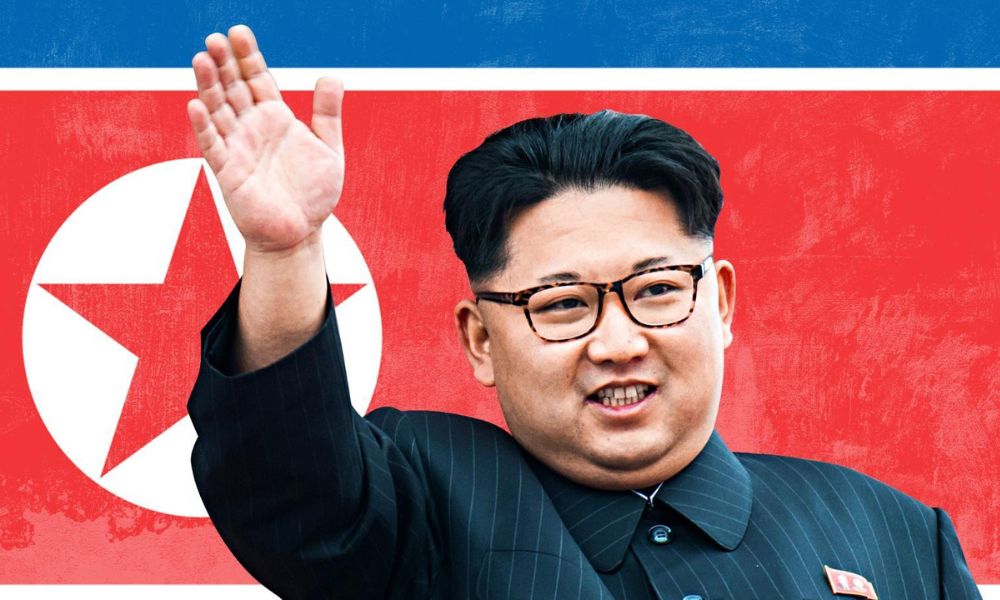
Kim Jong Un, the enigmatic leader of North Korea, has been a subject of fascination and curiosity for people around the world.
His ascent to power in the secretive and isolated nation is a tale of dynastic succession, political maneuvering, and the continuation of a regime that has held North Korea in an iron grip for decades.
In this blog post, we will delve into Kim Jong Un's background and explore how he came to power in North Korea.
Kim Jong Un was born on January 8, 1983, or possibly 1984, as the exact date remains a subject of debate due to the secretive nature of North Korea.
He is the third and youngest son of Kim Jong Il, the former leader of North Korea, and his consort, Ko Yong Hui. Kim Jong Un's early life was shrouded in secrecy, much like the rest of his family's lives.
He was educated both in North Korea and Switzerland, where he attended school under an assumed name to maintain his anonymity.
|
Are you a Tax Lawyer in USA? |
Kim Jong Un's ascent within the North Korean regime began to take shape in the early 2000s.
His father, Kim Jong Il, started grooming him for leadership, despite having two older sons.
This grooming process included him being given important titles and responsibilities within the ruling Workers' Party of Korea.
In September 2010, Kim Jong Un was made a four-star general and Vice Chairman of the Central Military Commission, solidifying his position as the heir apparent.
The turning point in Kim Jong Un's path to power came with the death of his father, Kim Jong Il, on December 17, 2011.
Kim Jong Il's sudden passing led to a carefully orchestrated transition of power. Kim Jong Un was quickly declared the "Supreme Leader" of North Korea and assumed the titles of Chairman of the Workers' Party of Korea and Chairman of the National Defense Commission.
His rise to power was accompanied by a significant personality cult that portrayed him as the rightful successor to his father and grandfather, Kim Il Sung, who was the founding leader of North Korea.
Portraits, statues, and propaganda posters began to depict Kim Jong Un as the "Great Successor" and the guardian of the nation's Juche ideology.
Kim Jong Un's early years in power were marked by both domestic and international challenges.
North Korea's continued pursuit of nuclear weapons and ballistic missile programs led to tensions with the international community, including the United States and South Korea.
These tensions resulted in economic sanctions that put pressure on the already isolated nation.
Domestically, Kim Jong Un sought to consolidate his power by purging potential rivals within the regime, including his own uncle, Jang Song Thaek, who was executed in 2013.
Kim Jong Un also initiated economic reforms, known as the "byungjin line," which aimed to develop both the country's nuclear capabilities and its economy simultaneously.
Kim Jong Un's rise to power in North Korea is a complex and often mysterious story.
Born into one of the world's most secretive and authoritarian regimes, he was groomed for leadership from a young age and assumed power upon his father's death.
His leadership has been marked by a mix of repression, propaganda, and efforts to secure North Korea's status as a nuclear-armed state.
Understanding Kim Jong Un's background and how he came to power is essential for comprehending the dynamics of North Korea's ruling regime and its impact on the world stage.
The enigmatic leader continues to be a central figure in global politics, and his actions and decisions continue to shape the fate of North Korea and its relations with the international community.